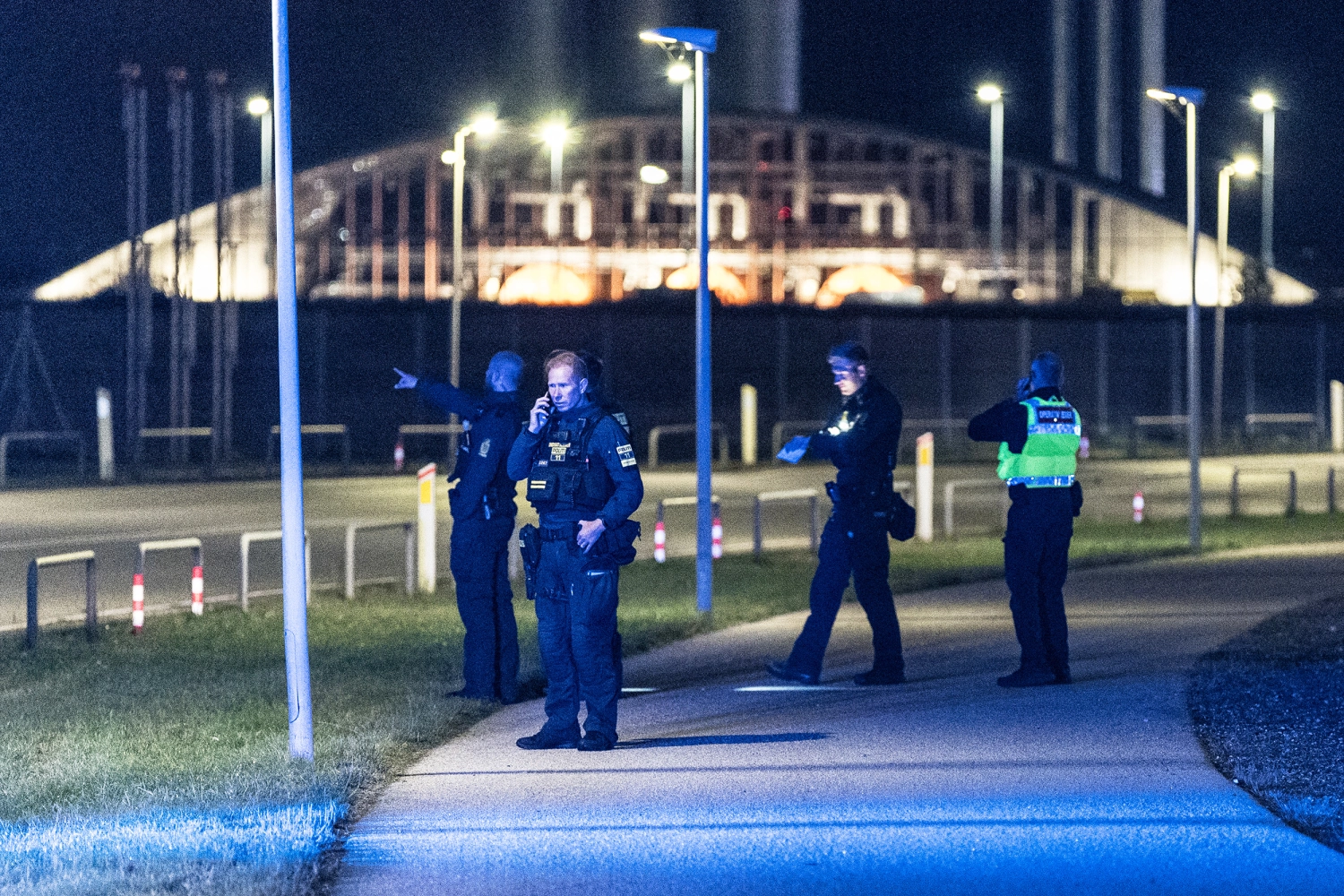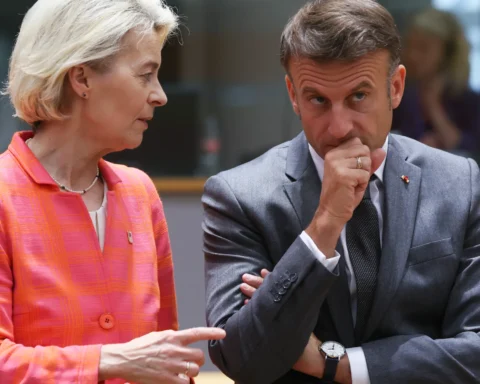Denmark has raised the alarm across Europe after coordinated drone attacks targeted multiple airports in the country, prompting an urgent consultation with NATO allies. The incidents, which disrupted both domestic and international air traffic, mark a troubling escalation in the use of unmanned aerial vehicles (UAVs) as tools of hybrid warfare and terrorism.
✈️ The Attacks
According to Danish authorities, the attacks occurred almost simultaneously late Monday night at Copenhagen Airport (Kastrup), Billund Airport, and Aalborg Airport. Drone swarms forced temporary suspension of flight operations, with several incoming aircraft diverted to neighboring Sweden and Germany.
No casualties have been reported, but the incidents highlighted serious vulnerabilities in civilian aviation infrastructure. Denmark’s Transport Ministry described the events as a “coordinated attempt to destabilize critical infrastructure.”
⚠️ NATO on Alert
Denmark formally notified NATO of the incidents under its Article 4 obligations, which call for collective consultations when a member nation’s security is threatened. While the attacks have not been officially attributed, intelligence agencies are investigating potential links to hostile state actors and cyber-enabled groups that have previously targeted European infrastructure.
A NATO spokesperson confirmed that the alliance is monitoring the situation:
“The use of drones to threaten civilian safety and infrastructure is a concerning development. NATO stands ready to support Denmark with intelligence sharing, air defense coordination, and joint investigations.”
🛰️ Drone Warfare Expands Beyond Battlefields
The attacks come amid a surge in drone-related incidents across Europe, often suspected to be part of broader hybrid warfare strategies. Similar disruptions have been reported at airports in Poland, Lithuania, and Germany over the past two years.
Security experts warn that drones are increasingly being deployed in gray-zone operations—strategic provocations that fall below the threshold of direct armed conflict but create political and economic pressure.
“Civilian airports are particularly vulnerable,” noted a European defense analyst. “They’re open, expansive, and critical to economic stability. A small swarm of drones can cause millions in damages without firing a single shot.”
🇩🇰 Denmark’s Response
The Danish government has launched a national investigation led by the intelligence service PET (Politiets Efterretningstjeneste). Emergency meetings were held with the Ministry of Defense and aviation authorities to discuss rapid upgrades to drone detection and interception systems.
Prime Minister Mette Frederiksen condemned the attacks as “cowardly and destabilizing,” pledging to accelerate defense investments in counter-drone technologies and strengthen intelligence cooperation with European allies.
🌍 Broader Geopolitical Context
The incidents unfold against a backdrop of heightened tensions between NATO and Russia following Moscow’s continued aggression in Ukraine and the alliance’s increased military presence along its eastern flank.
While officials have not publicly accused any state, some security sources hinted that the coordination and sophistication of the drone operations resemble tactics used by Russian-linked actors in Eastern Europe.
🛡️ What Comes Next
In the immediate term, Denmark is expected to implement stricter airspace monitoring, rapid deployment of electronic jamming systems, and tighter coordination with NATO’s air command.
For NATO, the incident is likely to accelerate collective investment in anti-drone defense systems, which have already become a major focus of military modernization programs.
As drones blur the line between civilian disruption and military aggression, European leaders are grappling with a new era of threats—where the battlefield increasingly extends into airports, shipping lanes, and even cyberspace.
























